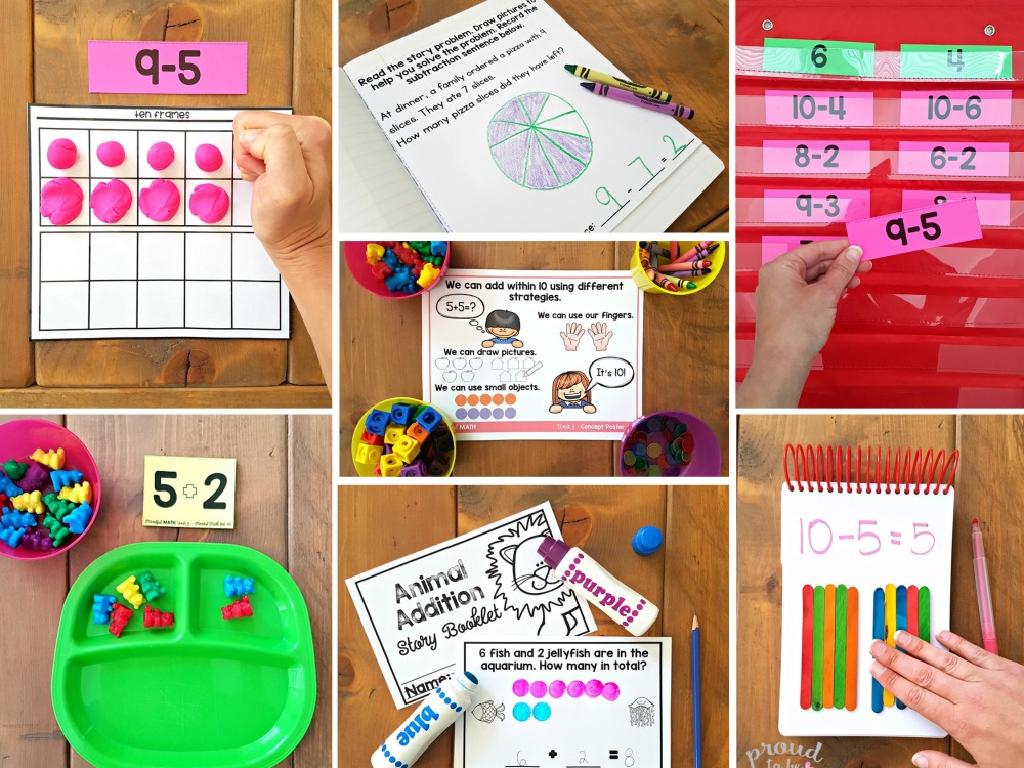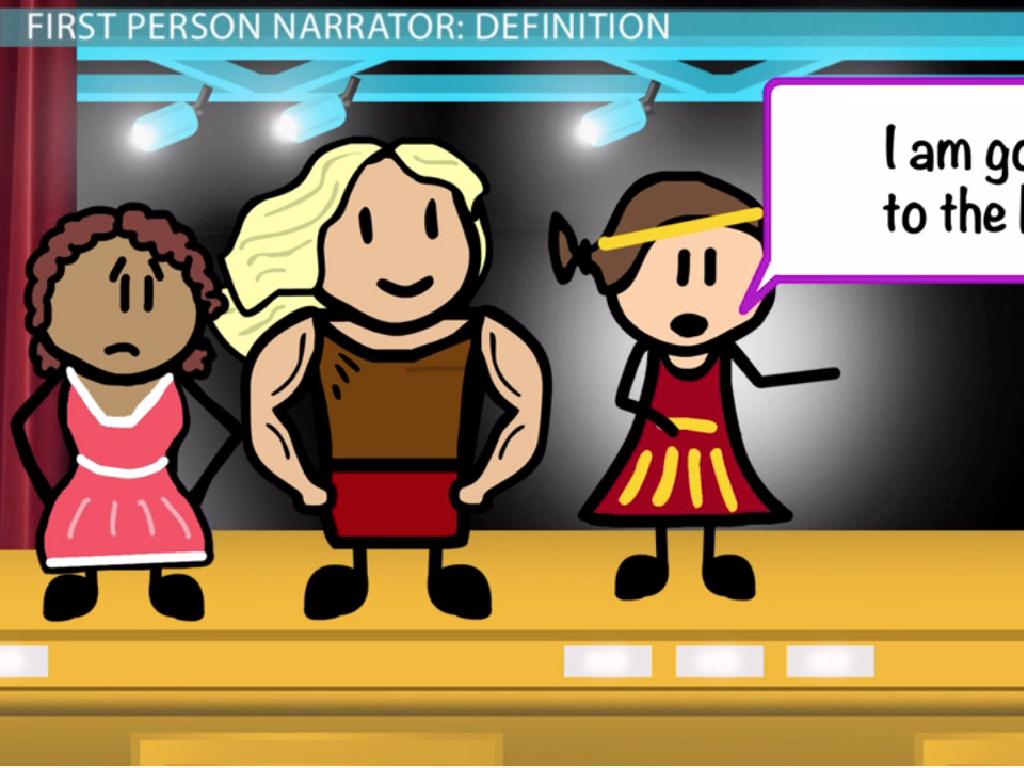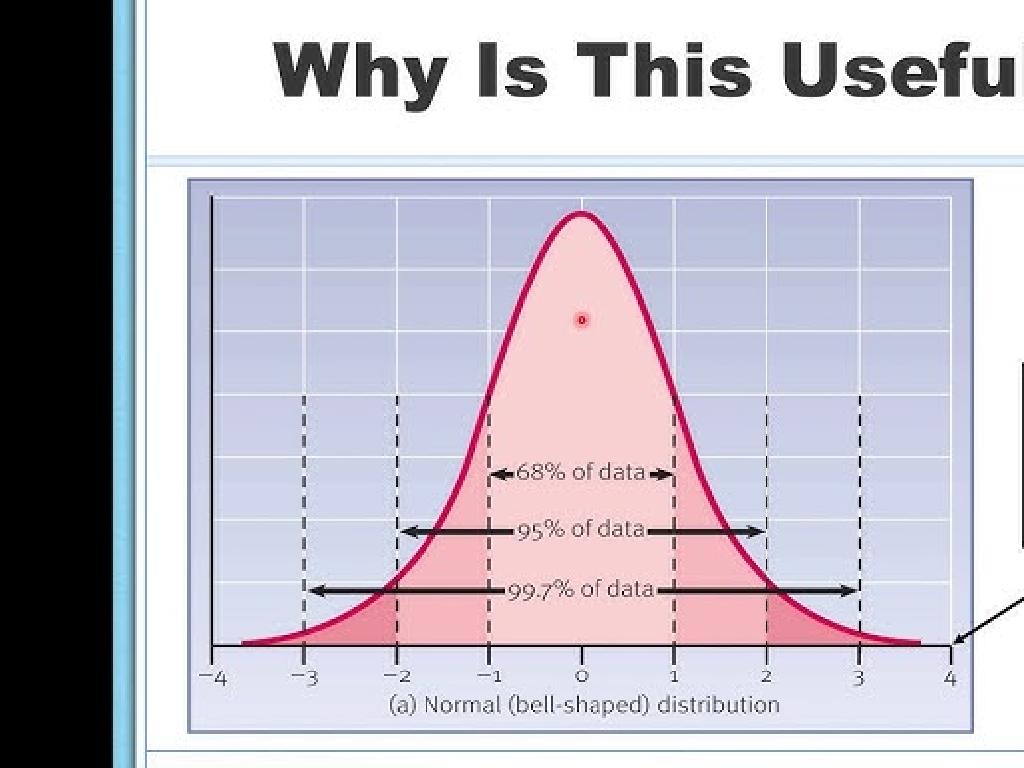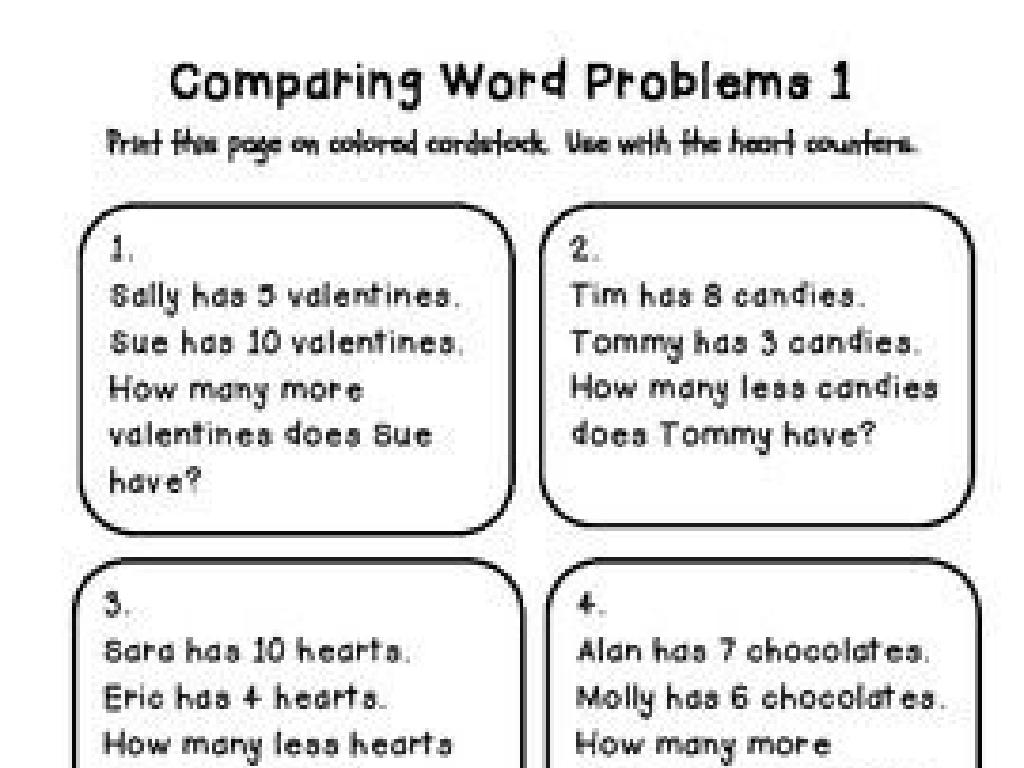Complete The Consonant-L-E Words
Subject: Language arts
Grade: Second grade
Topic: Consonant-L-E
Please LOG IN to download the presentation. Access is available to registered users only.
View More Content
Exploring Consonant-l-e Words
– Learn about consonant-l-e words
– Examples of -le ending words
– Words like ‘table’, ‘apple’, and ‘little’ end with -le
– Understanding consonant-l-e
– It’s a pattern where a consonant is followed by ‘l-e’
– Improving reading and spelling
– Recognizing this pattern helps us with tricky words
|
This slide introduces the concept of consonant-l-e words to second graders, aiming to familiarize them with this common word ending pattern. Start by explaining what consonant-l-e words are and then ask the class for examples to engage them. Explain that understanding this pattern is crucial as it appears in many words and is often a source of confusion for young readers and spellers. Emphasize how mastering these words can improve their reading fluency and spelling accuracy. Provide practice with exercises where students identify and create their own list of consonant-l-e words, reinforcing the lesson through active participation.
Understanding Consonant-l-e Words
– What is Consonant-l-e?
– It’s a syllable at the end of some words.
– Consonant-l-e syllable structure
– It’s made of a consonant, ‘l’, and silent ‘e’.
– The ‘e’ is silent in Consonant-l-e
– Even though we write it, we don’t say the ‘e’.
– The ‘l’ sounds like /l/ in Consonant-l-e
– Only the ‘l’ is pronounced, like in ‘table’.
|
This slide introduces the concept of the consonant-l-e syllable, which is a common pattern in English spelling. It’s important for students to recognize that the final ‘e’ in these syllables is not pronounced, but it indicates that the preceding ‘l’ should be pronounced as /l/. Use examples like ‘table’, ‘cable’, and ‘apple’ to illustrate the pattern. Have students practice identifying the consonant-l-e syllable in words and pronouncing them correctly, emphasizing the silent ‘e’ and the /l/ sound made by the ‘l’. This will help them with reading and spelling words that have this syllable.
Consonant-l-e Words
– Examples: table, apple, circle
– Words with a special ending sound
– Words end with consonant, ‘l’, ‘e’
– ‘l’ is the consonant before the ‘e’
– Say words, listen to the ending
– The ‘e’ is silent, making a ‘le’ sound
– Practice pronouncing together
|
This slide introduces students to the concept of consonant-l-e words, which are common in the English language. Start by presenting the examples provided and emphasize the ending of each word. Explain that in these words, the letter ‘e’ is silent and the ‘l’ precedes it, creating a unique ‘le’ sound. Have the students repeat the words after you to practice the pronunciation. Encourage them to listen carefully to the sound at the end of each word. As an activity, you can ask students to find more examples of consonant-l-e words in their favorite books or in the classroom and share them with the class.
Practice Time: Consonant-l-e Words
– Listen to the word I say
– Think about the last three letters
– Say ‘b-l-e’ for ‘bubble’
– Example: bubble ends with ‘b-l-e’
– Now, what are the last three letters of ‘candle’?
– Is it ‘c-l-e’ in candle? Let’s find out!
|
This slide is for an interactive class activity designed to help students recognize and complete consonant-l-e words. Start by clearly pronouncing a word that ends with the consonant-l-e pattern. Have the students listen carefully and then articulate the last three letters of the word. Use ‘bubble’ as an example to demonstrate the activity. After the example, proceed with the word ‘candle’ and encourage the students to identify the last three letters. This exercise helps reinforce their understanding of the consonant-l-e pattern in words. Be prepared with a list of words that follow this pattern and encourage each student to participate. Praise correct answers and gently correct any mistakes, ensuring that the learning environment remains positive and supportive.
Let’s Spell Together: Consonant-l-e Words
– Look at the picture shown
– Spell the word using consonant-l-e
– The ending will sound like ‘el’ as in ‘turtle’
– Remember the pattern in words
– Example: ‘turtle’ is spelled ‘t-u-r-t-l-e’
– ‘turtle’ ends with the consonant-l-e pattern
|
This slide is part of an interactive class activity designed to help second-grade students recognize and spell words that end with the consonant-l-e pattern. Display a series of pictures that represent words ending with this pattern. Encourage the students to spell out loud the words they represent, focusing on the ending. Reinforce the concept by reminding them that the ‘l-e’ at the end of the word often sounds like ‘el’. Use the example of ‘turtle’ to illustrate the pattern. For the activity, consider using pictures of a castle, apple, or bubble, and have different students spell different words to ensure engagement and participation from the whole class.
Create Your Own Consonant-l-e Word
– Time to be creative with words
– Draw an object with consonant-l-e
– Like ‘bubble’, ‘castle’, or ‘apple’
– Write the consonant-l-e word
– Practice spelling the word correctly
– Share your word and drawing
– Explain your drawing and word to the class
|
This slide is designed to engage students in a creative activity that reinforces their understanding of the consonant-l-e word pattern. Encourage students to think of objects that have the consonant-l-e sound at the end and to represent them through drawings. This will help them associate the sound with the spelling pattern. After they write the word, they should practice saying it out loud to reinforce phonetic recognition. During the sharing session, prompt students to explain their choice and how they identified the consonant-l-e pattern in their word. This activity not only aids in vocabulary building but also in developing presentation skills.
Class Activity: Consonant-l-e Word Hunt
– Let’s hunt for words in class!
– Find objects with consonant-l-e
– Look for ‘ble’, ‘cle’, ‘dle’, etc. in objects
– Write down the words you find
– Work in pairs for more fun
|
This interactive activity is designed to help students recognize and practice the consonant-l-e pattern in a fun and engaging way. By searching for objects around the classroom that contain this pattern, students will be able to connect their learning to the real world. Encourage them to work in pairs to promote teamwork and to compare their findings with their classmates. As a teacher, prepare a list of possible words that students might find, such as ‘table’, ‘apple’, ‘circle’, ‘candle’, etc. Be ready to assist pairs that might need extra help and ensure that each pair has a chance to share their findings with the class. This activity not only reinforces the lesson but also builds communication and cooperation skills.
Review and Goodbye!
– Reviewing consonant-l-e words
– Can you find more consonant-l-e words?
– Think of words like ‘candle’ or ‘apple’
– Great work in today’s lesson
– Practice these words at home
– Try to use new words in sentences
|
As we wrap up today’s lesson, it’s important to revisit the words with the consonant-l-e pattern that we’ve learned. Encourage the students to recall the words discussed in class and prompt them to think of additional words that fit the pattern. Praise their efforts and the progress they’ve made. Remind them that practice is key to mastery, and encourage them to continue practicing at home by reading, writing, or even playing word games that reinforce the consonant-l-e pattern. Provide a few examples of activities they can do at home, such as creating a word hunt or writing a short story using their new vocabulary.





